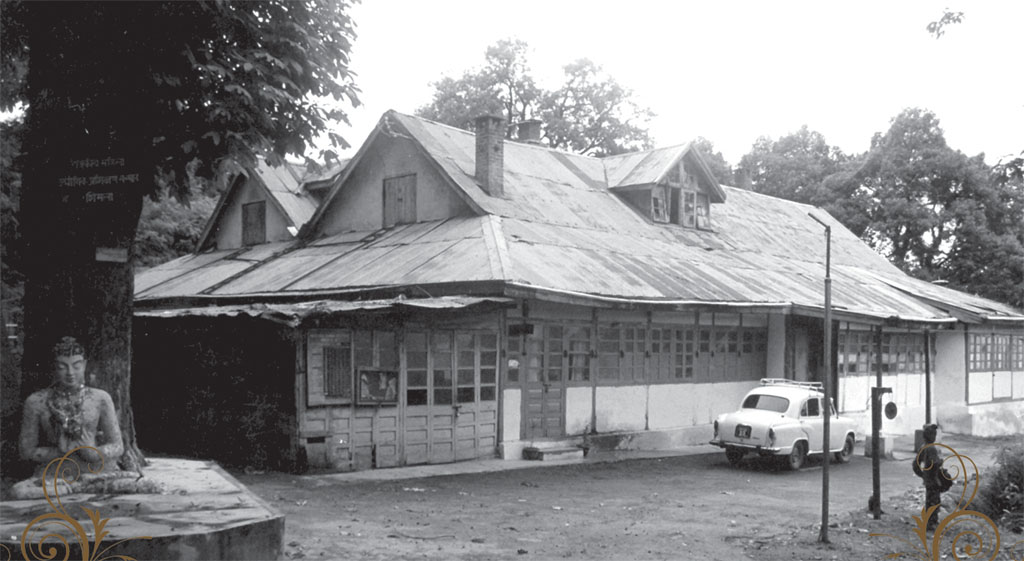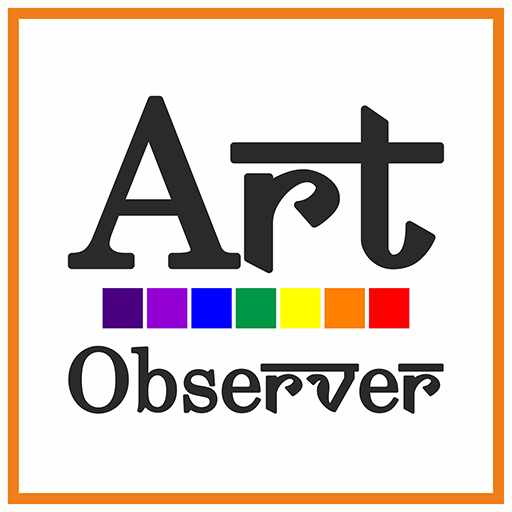The Government College of Art is one of the oldest Institutions of our country. It was set up under the name of Mayo School of Art, Lahore (Now in Pakistan) in 1875, during the reign of the British. Its palace type building was adjacent to the Central Museum, Lahore near Anarkali. John Lockwood Kipling was the founder Principal of this premier Institution. The City of Lahore, was the hub of commercial and cultural activities in northern India and always welcomed the new ideas brought by the invaders and immigrating people from time to time. It witnessed the painful partition in which people and institutions were separated.
At Lahore the Mayo School of Art was full of glory. It was the institution where children of the elite were sent for their basic education and training in the field of Fine Arts. Among the members of teaching faculty who served the institution were such luminaries as B.C. Sanyal, Dhan Raj Bhagat, S. L. Prasher, Munshi Miran Baksh, Abdur Rahman Chughtai.
Sumarendra Nath Gupta became the first Indian Principal of this prestigious Art Institution in the year 1930 who was successor to British Principal Lionel Heath. He never cared for degree or diploma as a scroll to be a teacher, looked for an artist in a teacher. Thus, he gathered many creative persons who were not having any degree or diploma but a flair for teaching Fine Arts. Ram Singh and Mian Mohammad Hussain were the most notable among them. Painting and Sculpture sections were indeed a matter of great pride for the Art lovers of Lahore. Some of the contemporary artists, then practising in Lahore were M. A. R. Chughtai, Hussain Buxe, Allah Bux, Thakur Singh, Abdul Aziz Din, B. C. Sanyal. D. R. Bhagat, Amrita Sher-Gill, Ishwar Singh, Brij Lal, Amarnath Sehgal Roop & Mary Krishna.
The School had excellent crafts teachers. Haji Saheb, Sarder Sunder Singh, Sadhu Singh were the most eminent craftsmen. After the foundation course students opted for Painting, Clay Modelling, Wood Work, Lacquer Turning, Jewellery Designing and Copper beating. Sardar Ram Singh, Mian Mohammad Husain, S. L. Prasher later served the institution as Principals.
After the partition in 1947 the Mayo School of Art was also bifurcated into two, one part of the school was left in Pakistan (now known as National College of Art, Lahore), other part of the school was set up in Shimla, the then capital of Punjab. The school was given a new name Government School of Art and Craft, Punjab. After persistent persuasion and pressure on the government by Satish Gujral, S. L. Prasher and a few others, it was finally established on 16 th August 1951 nearly on the same pattern as it was in Lahore. S. L. Prasher, an alumna of the Mayo school of Art, was asked to organise the Art school. He was the Vice Principal of Art School in Lahore at the time of partition. He was appointed as the first principal of this institution and was given free hand to work, but with very limited financial resources to restructure the institution. His search for teachers continued and he succeeded in getting creative people of his choice to join hands with him. P. N. Mago, Satish Gujral, Baldev Raj Rattan, Kanwal Nain A. C. Gautam, Sunirmal Chatterjee, P. R. Trivedi, , N. K. Dey, were the illustrious teachers. They were trained by different teachers under different centres of Art, like Calcutta School of Art, Mayo School of Art Lahore, Viswa Bharti University Santiniketan, Sir J. J. School of Art, Mumbai and Delhi College of Art.
So many master craftsmen like Pritam Singh, Jit Singh, Master Hazara Singh, Master Sujan Singh, Maghar Singh, Beli Ram were recruited to impart training in allied courses like jewellery designing, repousse work, lacquer work, ivory and inlay carving, sheet metal work with the aim to maintain a sound tradition of craftsmanship. They were the celebrated masters of their trade.
The Art school started functioning in a modest way at the fairly large cottage just below the Rashtrapati Niwas (Now known as the Institute for advanced studies) at the Summer Hill.
S. L. Prasher retired in 1959 and Sushil Sarkar replaced him as Principal in the year 1960. He was an eminent Artist and a protagonist of the Bengal School of Art. He promoted Art and Culture through various artistic pursuits and activities. When Chandigarh came up as the new Capital of Punjab, the school of Art shifted here in 1962. Situated in the heart of the City, the campus has been beautifully designed as a composite Cultural Complex by the great French Architect Le-Corbusier, the building is surrounded by vast green lawns along side the leisure valley against the beautiful back drop of Shivalik Hills. We must salute the efforts of Dr. M. S. Randhawa the then first Chief Commissioner of Chandigarh. He was a great Art lover and he further laid the foundations for the scenic beauty of this college.
The Institution has big studios with a natural light and infrastructure facilities where the students can be seen doing their creative exercises. Following the reorganisation of the Punjab State with effect from 1st November 1966 the control of this institution had come over to Chandigarh Administration with a new name Government College of Art and Craft Chandigarh. Mr. Sarkar was taking lot of interest in the college with a view to carrying forward precious legacy to the future generations. First Ved Prakash Ghai and later Raj K. Jain joined the faculty and made substantial contribution to the teaching of Painting. In the late 60’s a host of teachers like R. C. Singla, R. D. Lohtia, Prem Singh, B. M. Chugh, H S Jagdev, Pratibha Rastogi, Surinder Sharma, H. S. Kular, Ram Kumar Sharma, M. S. Sidhu, Jagdish Ahuja, Inderjit Gupta, Madan Lal Arora were recruited to the college as teachers, most of them had their training from this collegE.
Today, this College of Art stands as a majestic tree which has a glorious past, an eventful present and a promising future.




